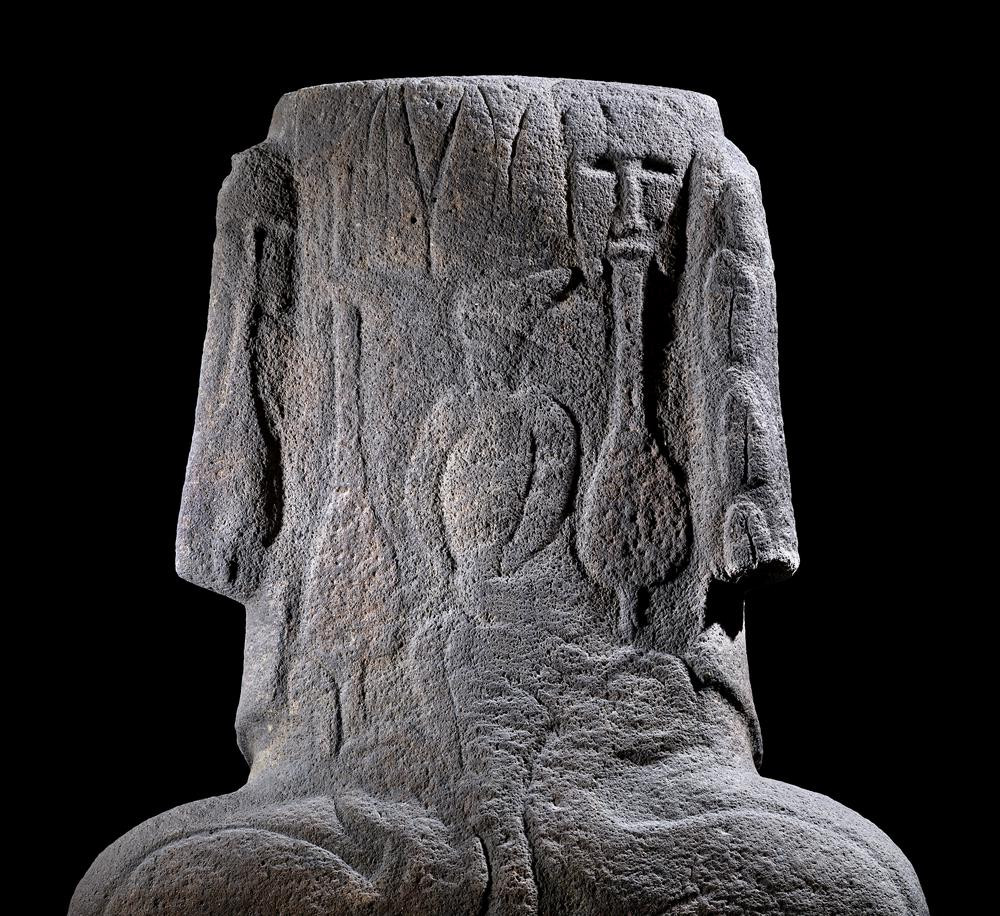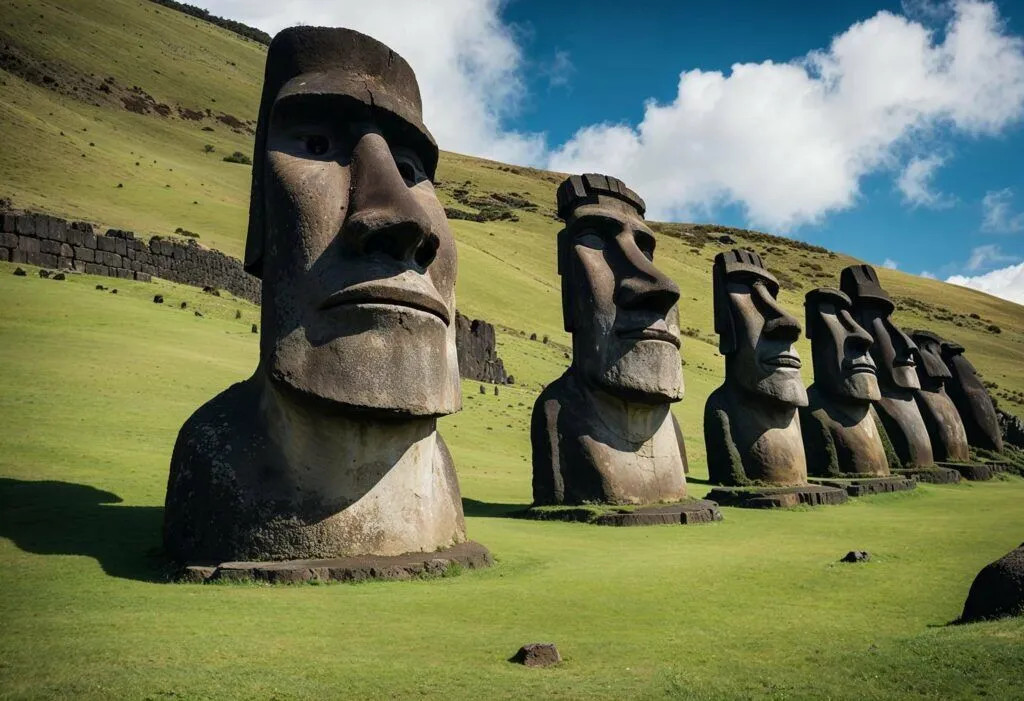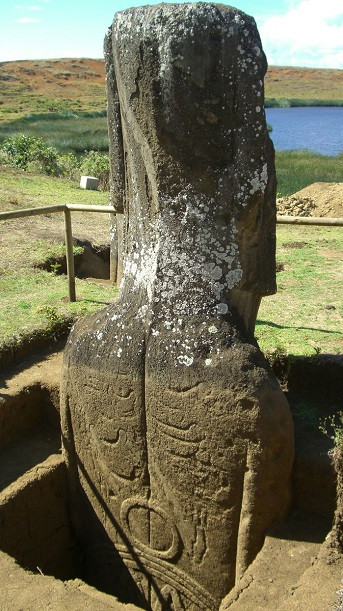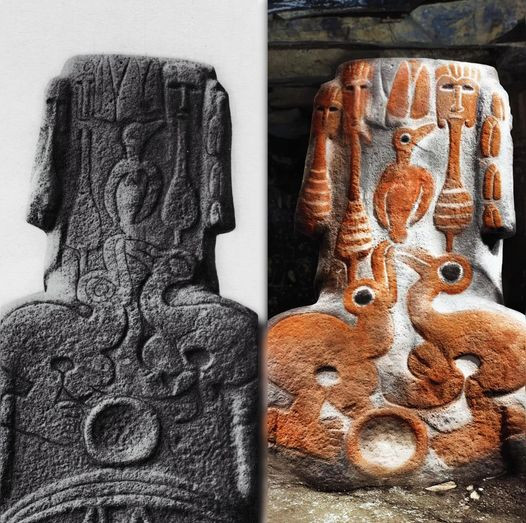A Tale of Ancient Wonder and Enduring Mystery
The Silent Sentinels of the Pacific

On a remote speck of land in the vast Pacific Ocean, massive stone faces gaze out across the horizon. These are the moai of Easter Island, enigmatic statues that have captivated explorers and scholars for centuries. Carved by the ancient Rapa Nui people, these colossal figures stand as silent witnesses to a civilization lost to time.
A Feat of Ancient Engineering

The moai are marvels of human ingenuity. Ranging from 13 to 33 feet tall and weighing up to 82 tons, these statues were painstakingly carved from volcanic rock using only stone tools. But the true wonder lies in how the Rapa Nui transported these behemoths across the island. Some theories suggest they were “walked” using ropes and teams of workers, leaving distinctive “footprints” in their wake.
Guardians of Ancestral Memory

More than mere monuments, the moai held deep spiritual significance for the Rapa Nui. With their elongated heads and solemn expressions, they were believed to embody the spirits of revered ancestors and leaders. Intricate carvings on some statues depict birdmen and ceremonial dance paddles, offering glimpses into the rich cultural tapestry of Easter Island.
The Rise and Fall of Rapa Nui

The story of the moai is also a cautionary tale. As the Rapa Nui population grew and more resources were poured into statue construction, the island’s delicate ecosystem began to falter. Deforestation and overexploitation, combined with the later arrival of European explorers, led to the collapse of this once-thriving society.
Echoes of the Past, Lessons for the Future

Today, the moai stand as powerful reminders of human creativity and the importance of living in harmony with our environment. As we continue to unravel their mysteries, these ancient stone guardians offer valuable insights into sustainable development and the preservation of indigenous cultures.

The moai of Easter Island continue to inspire wonder and reflection, inviting us to ponder the legacy we leave for future generations. In their weathered faces, we see reflections of our own hopes, ambitions, and the enduring human spirit.

